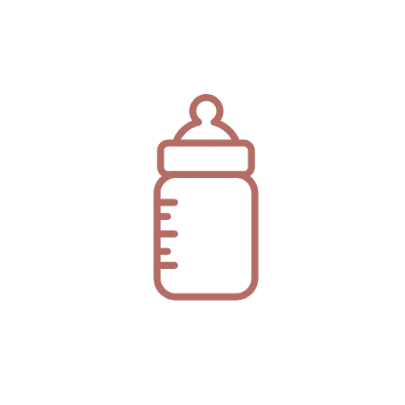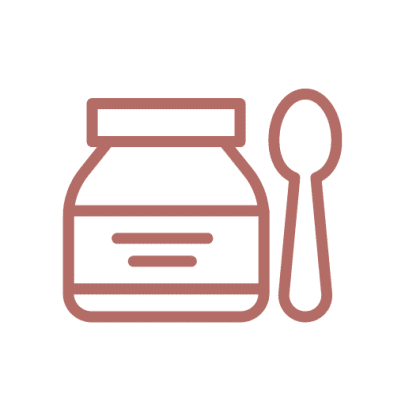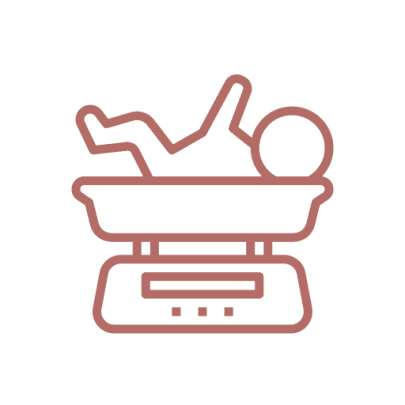Safe Handling Techniques of Breast Milk
Breast milk is often referred to as “liquid gold” for its remarkable nutritional benefits and immunity-boosting properties. It’s no wonder that new mums take great care in pumping, storing, and handling their breast milk. Ensuring its safety is paramount for your baby’s health. In this article, we’ll explore the essential techniques for safely handling breast milk, so you can give your little one the best start in life.
Proper Hand Hygiene
Before you even think about handling breast milk, ensure that your hands are impeccably clean. Wash them with soap and warm water for at least 20 seconds. This step is vital in preventing any contamination that could be harmful to your baby.
Sterile Pumping Equipment
When using a breast pump, make sure all its components are clean and sanitized. Wash and sterilize the pump parts according to the manufacturer’s instructions. This reduces the risk of bacterial growth and contamination in your expressed breast milk.
Safe Storage Containers
Breast milk can be stored in various containers, such as glass or BPA-free plastic bottles, breast milk storage bags, or even silicone trays. Ensure that the containers you use are specifically designed for breast milk storage, as they are made to withstand freezing and thawing temperatures.
Labeling and Dating
To prevent any mix-ups and make sure you use the oldest milk first, label your breast milk containers with the date of expression. Use a non-toxic, food-safe marker to jot down the date and time. This practice will help you maintain a proper milk rotation system.
Maintain Proper Temperatures
Breast milk is temperature-sensitive. Freshly expressed milk can be safely stored at room temperature for up to 4 hours. If you don’t plan to use it within that time frame, store it in the refrigerator at 0-4°C for up to 3-8 days. For longer-term storage, place it in the freezer at -18°C. Remember that milk should be stored in the back of the fridge or freezer, where temperatures are most consistent.
Thawing and Warming
When it’s time to use frozen breast milk, thaw it in the refrigerator or under cool running water. Avoid using the microwave as it can create hot spots and destroy valuable nutrients. Gently warm the milk by placing the container in a bowl of warm water, but do not overheat it. Always test the temperature on your inner wrist to ensure it’s not too hot for your baby.
Avoid Refreezing
Once breast milk has been thawed, it should not be refrozen. Only thaw the amount you intend to use to avoid waste and ensure the milk’s safety and quality.
Mixing Milk from Different Sessions
If you have milk from different pumping sessions, you can combine them in the same container as long as they are the same temperature. Mixing milk from various sessions can help minimize waste and ensure your baby gets a balanced meal.
Keep It Fresh
Breast milk naturally changes in composition to meet your baby’s evolving needs. To ensure your little one gets the full spectrum of benefits, use the oldest milk first. Follow the first-in, first-out rule to keep milk as fresh as possible.
Safe Transport
When you need to transport expressed breast milk, use an insulated cooler bag with ice packs to maintain the right temperature. This is especially important when you’re on the go or returning to work.
Safely handling breast milk is crucial to providing your baby with all the nourishment and health benefits it offers. By following these techniques, you can ensure that your breast milk remains a valuable source of nutrition and comfort for your little one. Remember, the love and care you put into handling your breast milk are just as precious as the milk itself. So, keep those hands clean, maintain proper storage, and give your baby the gift of liquid gold!
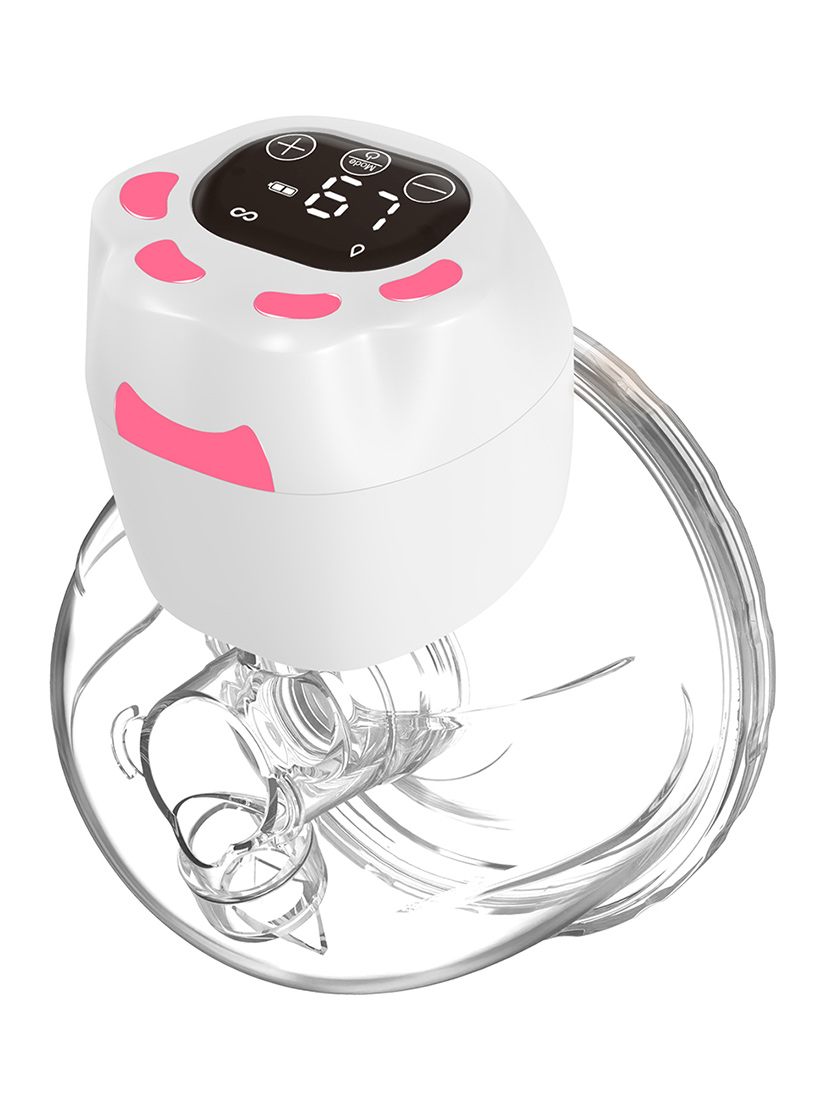
|
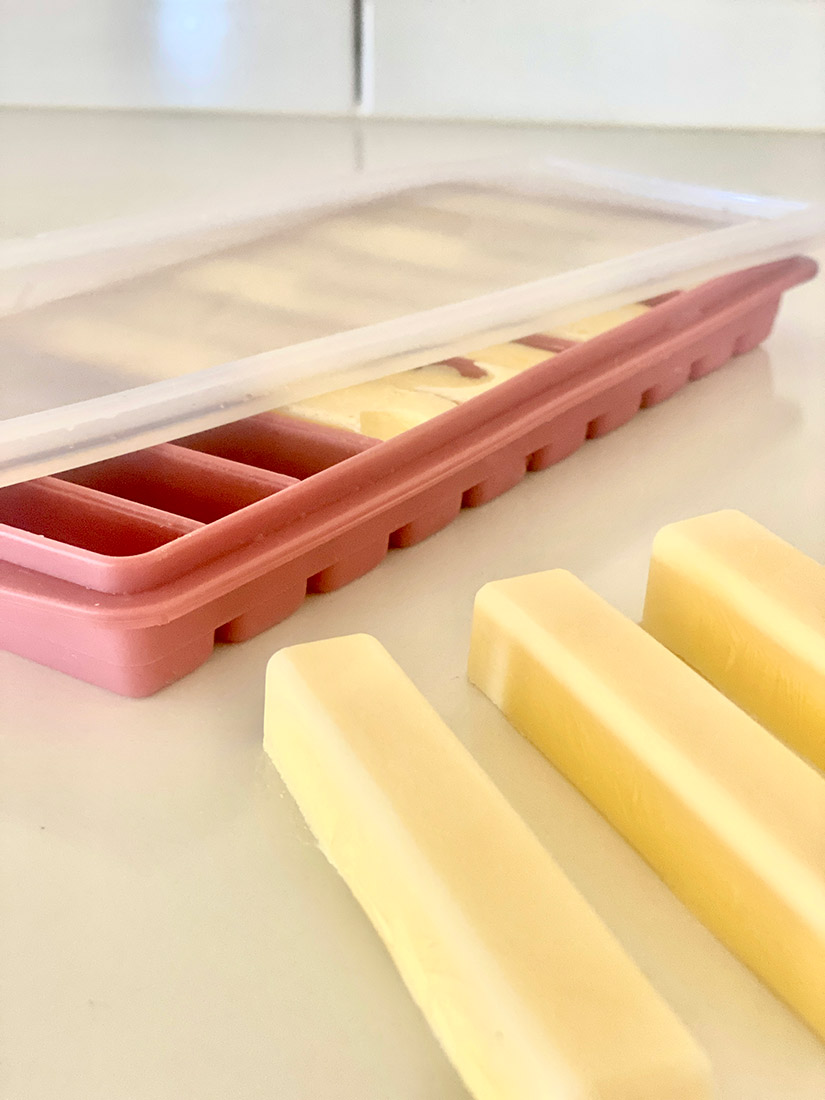 |
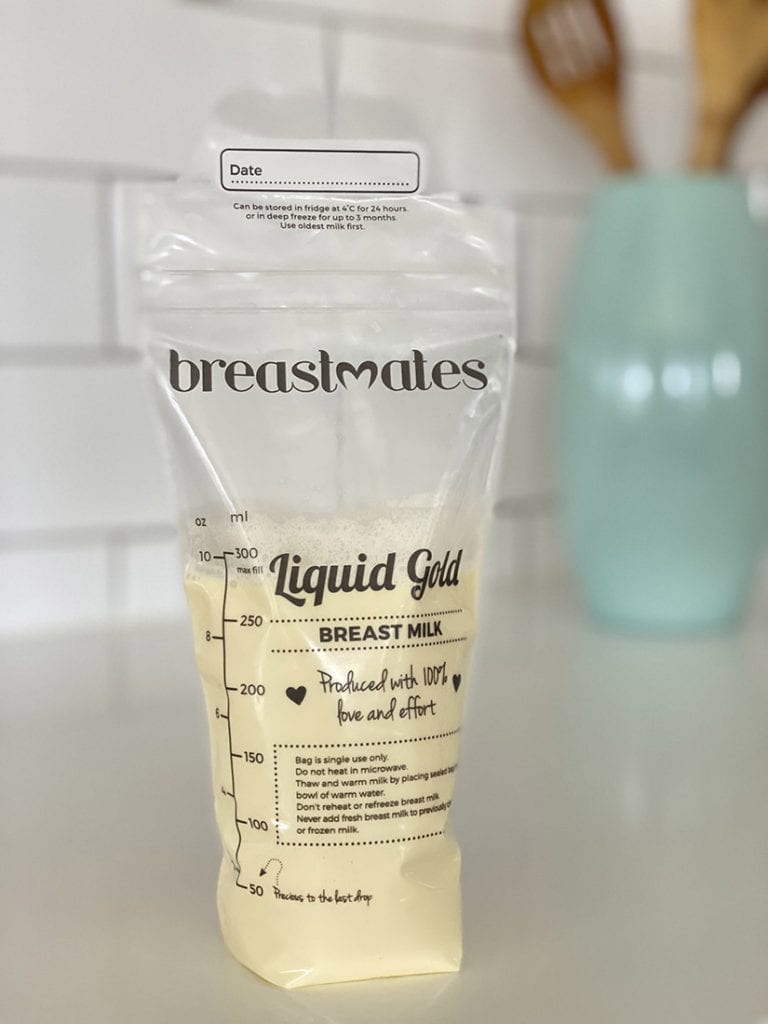 |


